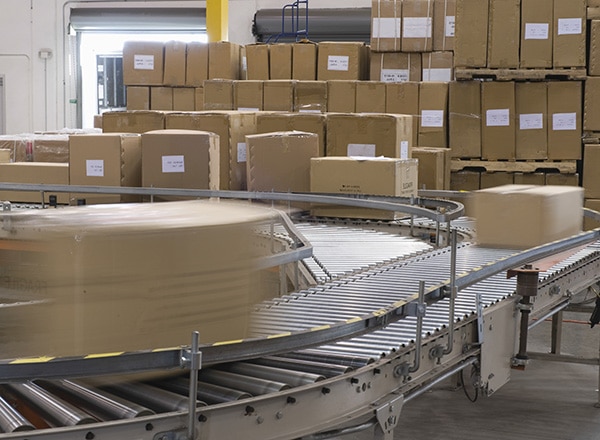As a business owner, you know that figuring out demand for your company’s products or services can be a tricky proposition. There are obvious busy periods for every industry, of course, but beyond looking at historical data, how can you create accurate demand forecasts?
Planning solutions can help you weather uncertain times or seasonality by having a better grasp on forecasting. Read on to discover how having an accurate demand plan can help your company anticipate customer needs using four forecasting metrics.











